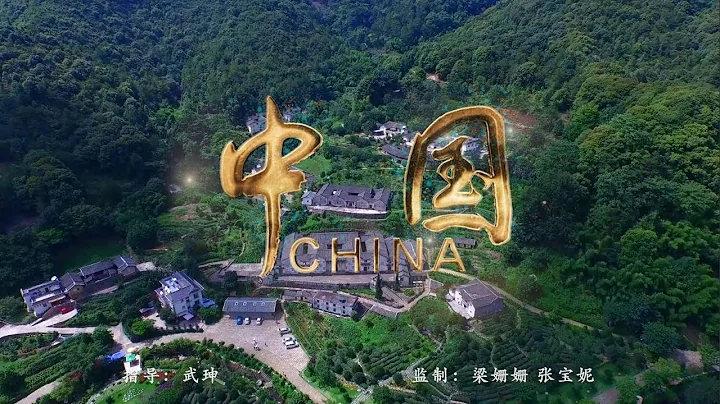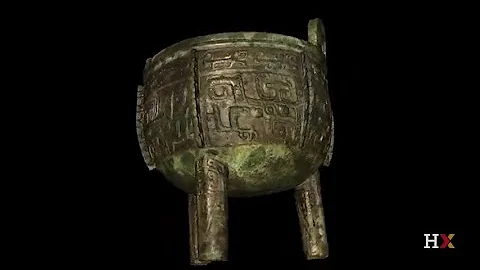live in southern Ganxi.
Text/Wen Rui, Picture/Network

Gannan is the last inch of the Jiangnan border area and the homeland of Hakkas.
What is as thick as a rock are the majestic mountains with continuous peaks, what is elegant for thousands of years is the lush forest and bamboo sea, and what is unrestrained for thousands of years are the rivers and rivers with clear waves. On the land of 39,400 square kilometers, large and small rivers crisscross each other, forming natural rivers that meander thousands of miles, flowing softly among the overlapping mountains and dense forests in southern Gansu. This land has four distinct seasons, fertile land, abundant rainfall, endless rivers all year round, trees that last for thousands of years, and weeds that grow in spring and flourish in summer.
Surrounded by mountains and rifted basins running through them, southern Gansu, which is dominated by mountains and hills, is like a cornucopia. The Wuyi Mountains lie in the northeast, the Nanling Mountains , Dayuling , Jiulianshan lie in the south, and the Zhuguang Mountains of the Luoxiao Mountains lie in the northwest, three long mountain ranges. The remaining branches of the people gathered in southern Jiangxi. Created by nature and shielded by nature, a huge green basin was poetically formed. The great Hakka ethnic group was formed and grew in this graceful poetic environment.
Walking at the source of the majestic Ganjiang , we cannot but feel a deep awe of this land. It has inherited the trend of 2,200 years, and naturally has a strong and ground-breaking character. Gazing south, through the historical sky, we can vaguely hear the roar of the footsteps of the giants of Gan and the folk songs of the wooden guests cutting through the primeval forest. The giants of Gan, or the Mu Kes, as well as the Baiyue and Gan Yu people who are native here, stir up this wild land, attracting countless people from the Central Plains Han people to come and start its difficult and brilliant civilization process.
In the last years of the Western Jin , the Five Chaos rioted in China , the Yongjia Rebellion , and the Central Plains was at war. Tens of thousands of the ancestors of the Han Dynasty moved south with their families and their families. The ancestors of the Han Dynasty cried farewell to their hometown, the Central Plains, and the Yellow River, Huaihe River. Carrying their ancestral plaques, they moved their families to Gan. Either go up the Ganjiang River to the foothills of Sanluoxiao Mountain, or go forward bravely and bravely enter the Shibatan Beach to enter Qianzhou City; Ningdu , Ruijin , Huichang , Shicheng opened up the thoroughfare between Fujian and Guangdong... Like the fire of life, these ancestors of the Central Plains and Han Dynasty who sought survival and hope, in the Baiyue ancient tribe, She Yao ancestral land Stayed as a guest. The guest place is home, and there are guests in every mountain. This is Hakka . Gannan became the birthplace, largest settlement and early cradle of the Hakkas.
After the Jin Dynasty , the Hakka people migrated several times during the Tang, Song, Ming and Qing dynasties. The ancestors of the Han Dynasty in the Central Plains, who suffered from displacement and displacement, left their hometown and moved southward again, carrying the fire of the Central Plains culture. Among them, most of the Hakka people stayed in the mountains and rivers of southern Jiangxi and were attached to this land. They settled down and established themselves in the hometown of "Qin Muke" and began to create new stories in the legend of the "Giant of Gan". These Hakkas who have always lived in southern Jiangxi and have never moved are called "old guests"; when they go back to the Zhangjiang River to pay tribute, they may go through the Fujian-Guangdong thoroughfare, or pass through the Junmen Ridge Pass, or go beyond the Yumei Pass, or Crossing the Wuyi Mountains, they continue to wander, heading to Fujian or Guangdong. After living together for several generations, dozens of generations, or tens of generations, the returning Hakkas return to southern Jiangxi and are called "new guests."
It is in this two-way movement that Gannan has become the home of old customers, the hometown of new customers, and the largest settlement of Hakkas.
Throughout history, there are inevitable reasons why Gannan became the earliest and largest settlement of the Hakka people. In addition to the important reason of relatively peaceful living environment, there are three factors that jointly influence it.
First, by the end of the Tang Dynasty and the Five Dynasties and Ten Kingdoms period, that is, when the ancestors of the Han Dynasty moved southward for the second time, due to the opening of the Meiguan Post Road, the Yangtze River water system and the Pearl River water system were connected, and the economic status of southern Gansu ranked first in the country. has become increasingly important.
At that time, Qianzhou had already taken over Gan County, Yudu ( Yudu ), Nankang, Xinfeng , Dayu ( Dayu ), Qianhua (Ningdu), Anyuan The eleven counties of , Shangyou, Ruijin, Longnan, and Shicheng have stable political power, increasing population, and corresponding improvement in labor force and production technology. This is mainly reflected in the rapid development of agriculture, the relatively developed porcelain industry, and since Hongzhou -Qian Guangzhou ( Ganzhou ) - Guangzhou's trade roads had become the economic artery connecting the north and the south at that time. The social and economic development level of southern Gansu was close to that of the Jianghuai region. Second, the two counties of Shicheng and Qianhua in the northern part of southern Jiangxi naturally have extremely safe and peaceful living conditions. Shicheng is located in the southeast of Jiangxi, adjacent to Ninghua and Changting in Fujian; Qianhua County is located in the northern part of southern Jiangxi, bordering Yihuang of Fuzhou . The two counties are far away from the capital of Qianzhou, and the mountain roads are difficult to travel , the traffic is blocked, and it is beyond the reach of the rulers, but it is an excellent place for immigrants to escape chaos. Moreover, the two counties are surrounded by mountains and rivers, the land is fertile, and the mountains have few people, which is suitable for farming. These seemingly barren natural conditions are actually It was a paradise for the ancestors of the Han Dynasty to escape war and thrive. The third is Shicheng and Qianhua counties, both of which have convenient transportation to continue traveling to other places. Shicheng is known as the thoroughfare between Fujian and Guangdong. You can reach Qianzhou, Nanchang, Jiujiang by water, Guangchang, Ruijin, Changting, Ninghua and other places by land. Qianhua is located on the third side of the ancient post road. At the fork, one can go to Ninghua and Shibi in western Fujian to the east, Qianzhou and Nanxiong in northern Guangdong to the west, and eastern Guangdong and other places to the south. The advantage of this thoroughfare gave the Han ancestors who fled the war a two-way choice of advancing or retreating. When the war in the Central Plains subsided, they could return to their hometown, and when the war in the Central Plains spread, they could move out again. Therefore, Shicheng and Ningdu will inevitably become the early settlement places for the ancestors of the Han Dynasty in the Central Plains after they entered Jiangxi, and the birthplace and cradle of the Hakka ethnic group.
The land of southern Jiangxi is full of beauty. Because of the arrival of the ancestors of the Han Dynasty in the Central Plains, as well as the millennium stay of old customers and the coming and going of new customers during the Ming and Qing Dynasties, fireworks have been flourishing, there are many fenced houses, and villages have been continuous.
The ancestors of the Hakkas who fled the war and settled in the fertile Hakka mountains and rivers, walked into the rich Hakka history and sounded the morning bell of destiny in southern Jiangxi. The endless Hakka people have been intoxicated by the beauty of this place, integrated with the customs of this place, and their souls are attached to this land.






















